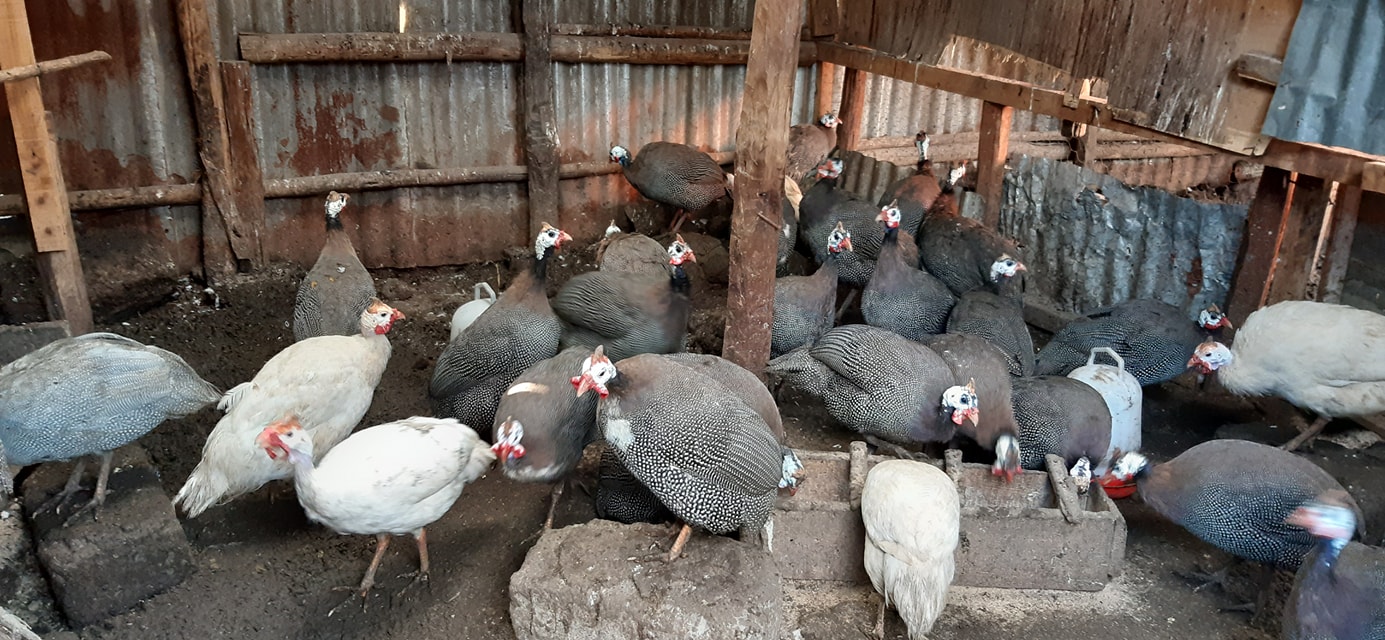By Brian Moseti
After a disappointing stint trying to commercially raise chicken, Glady’s Wangui made a turnaround to focus on exotic birds, a decision that proved important for the success of her farming venture.
Five years down the line, Wangui’s Goshen Birds Farm in Nairobi’s Utawala estate is a popular source for different kinds of ornamental and rare birds among them pheasants, bantams, guinea fowl and vulturines.
To start off, Wangui spent the KSh6,000 she got from the sale of her initial stock of chicken to purchase her first pair of silky bantams and secure the necessary permits from the Kenya Wildlife Society (KWS).
Before issuing a license to keep ornamental birds, KWS officials have to visit one’s farm to ascertain its suitability to raise the birds. An annual fee of KSh1,500 is also charged for the initial species of birds and KSh500 for each species introduced subsequently.
“I disposed of the chicken when they were eight months because they were consuming a lot and needed a lot of attention but were not laying eggs. However, I had had an eye on ornamental birds and decided to try a hand at it,” she said.
Without prior experience of raising ornamental birds, Wangui gradually improved her knowledge through internet-based tutorials and guides, allowing her to diversify the species of birds on her farm.
RELATED: KALRO, EU unveil 2,000 capacity indigenous chicken breeding unit
“Through the internet, I learnt more about ornamental birds including how to raise them and where to source buyers,” she said. Today, Goshen Birds Farm has 16 different species of ornamental birds with a combined population of over 400 birds.
Although she is not keen on revealing her earnings from the venture, the gamble is definitely paying off for Wangui, who sells up to 30 birds per month. A pair of golden pheasants goes for KSh70,000 while bantams and vulturines fetch KSh12,000 and KSh10,000, respectively, per pair. She also sells eggs at KSh100-200 a piece.

Still, like with any farming venture, hers is not a walk in the park; it comes with its own disappointments. Top on the list is the low hatch rate for most of the birds.
“Of 100 pheasant eggs, sometimes just ten will hatch and only half of the chicks will survive. Turkeys too require a lot of attention during the cold season as they are extremely susceptible to low temperatures,” she said.
RELATED: Kisumu farmer who dumped chicken for Guinea fowls has never looked back
However, there is a tradeoff; unlike chicken, ornamental birds are majorly resilient to diseases and do not require special diets, greatly reducing the costs involved in keeping them.
Contact: Goshen Birds Farm – 0736351043-ENDS